|
Desert plants have evolved to efficiently collect and capture whatever water they can. Each leaf of the moss Syntrichia caninervis ends in a hairlike fiber called an awn (seen in white in the top image). Tiny as they are, awns are vital to the moss’s water collection, correlating to more than 20% of their dew collection. Extremely tiny grooves on the surface of the awn provide nucleationsites where dew condensed from fog collects. Once a droplet forms on the awn, it grows larger as more fog condenses (middle image). When the droplet grows large enough, the conical shape of the awn will cause surface tension to draw the droplets along the awn and toward the leaf (bottom image).
Credits: Syntrichia caninervis moss image - M. Lüth; videos and research - Z. Pan et al., Supplementary Videos 3 and 4; h/t to T. Truscott. Source: fuckyeahfluiddynamics
0 Comments
|
Blog Archive
|
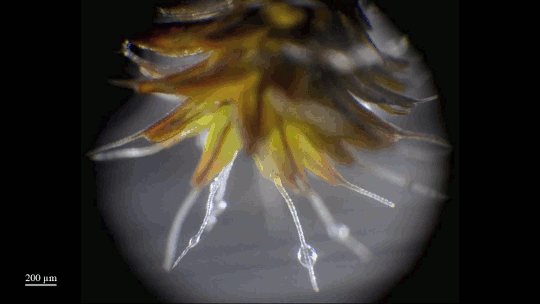
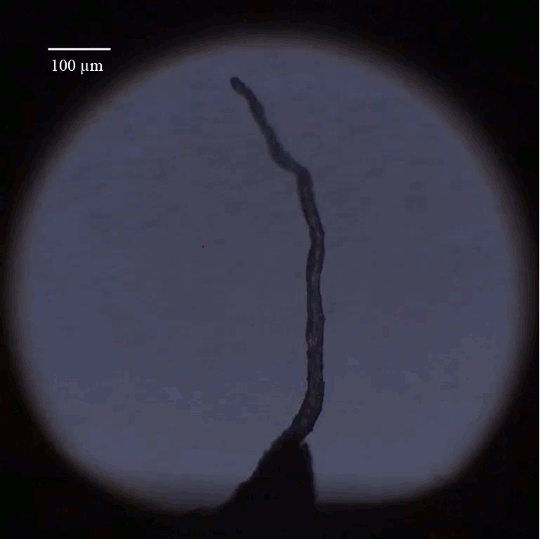
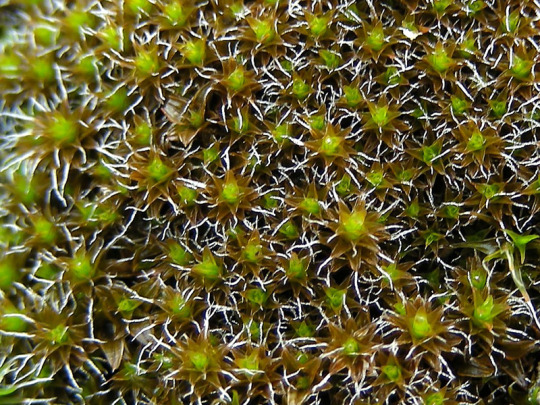
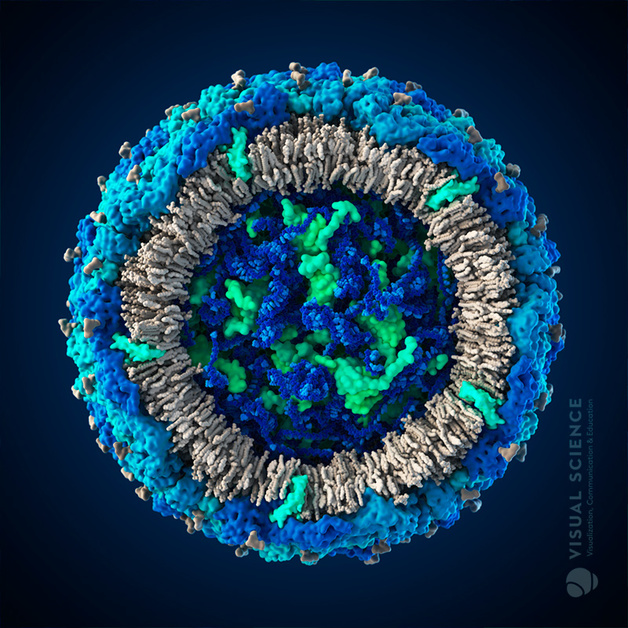
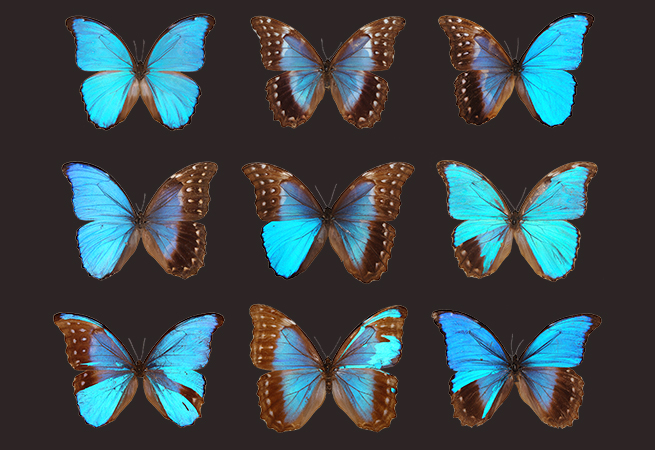
 RSS Feed
RSS Feed
